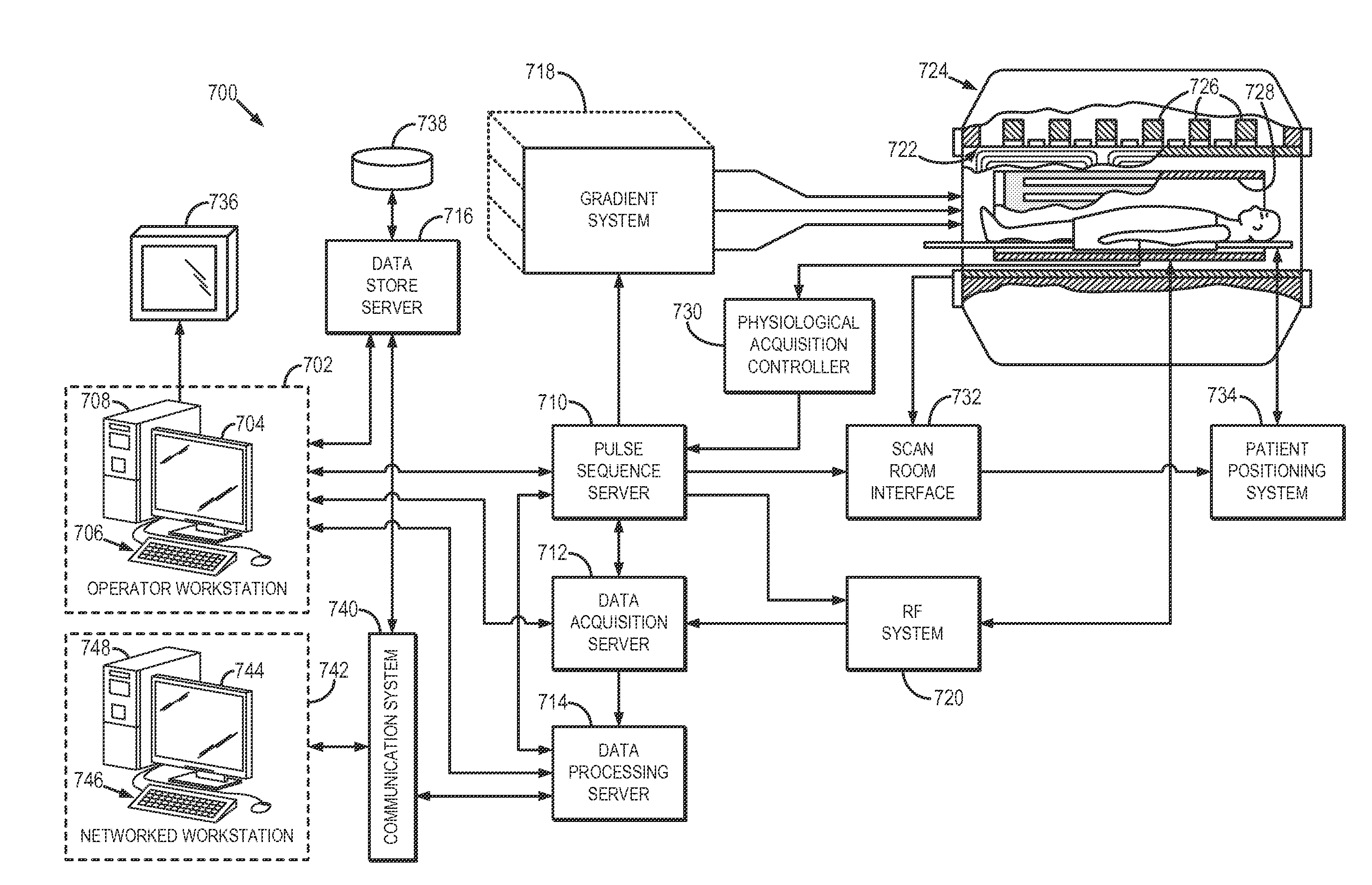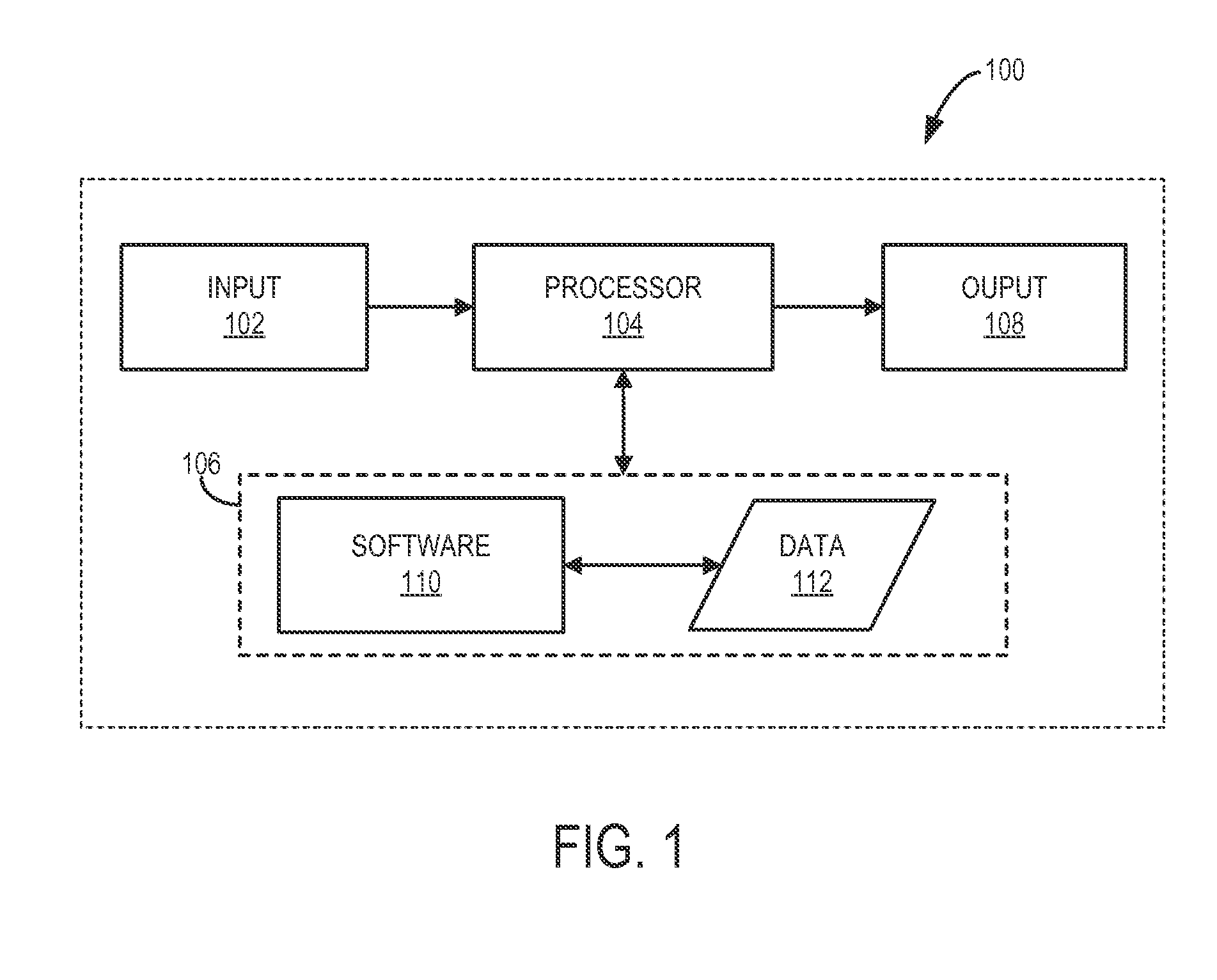Mapping cardiac tissue architecture systems and methods
a cardiac tissue and architecture technology, applied in the field of magnetic resonance imaging, can solve the problems of limited ability of these metrics to fully characterize the structural dynamics of the heart, and inability to reproduce in the human heart in vivo
- Summary
- Abstract
- Description
- Claims
- Application Information
AI Technical Summary
Benefits of technology
Problems solved by technology
Method used
Image
Examples
Embodiment Construction
[0021]Traditional diffusion tensor imaging (“DTI”) studies of the heart generally rely on a global cardiac coordinate system that does not take local changes in cardiac morphology into account. The systems and methods described here, however, provide a solution to this problem by mapping myocardial tissue architecture based on projecting information derived from a diffusion tensor into a local, subject-specific cardiac coordinate system. More particularly, the systems and methods described here include computing a fiber architecture matrix (“FAM”) based on projections of eigenvectors, such as those derived from a diffusion tensor, onto a local coordinate system that more accurately characterizes diffusion in the myocardial tissue.
[0022]The FAM serves as a function of the complete diffusion tensor eigensystem, and is designed to characterize myocardial tissue dynamics both in vivo and ex vivo. The relationship between the eigensystem and the local cardiac coordinate system, provided ...
PUM
 Login to View More
Login to View More Abstract
Description
Claims
Application Information
 Login to View More
Login to View More - R&D
- Intellectual Property
- Life Sciences
- Materials
- Tech Scout
- Unparalleled Data Quality
- Higher Quality Content
- 60% Fewer Hallucinations
Browse by: Latest US Patents, China's latest patents, Technical Efficacy Thesaurus, Application Domain, Technology Topic, Popular Technical Reports.
© 2025 PatSnap. All rights reserved.Legal|Privacy policy|Modern Slavery Act Transparency Statement|Sitemap|About US| Contact US: help@patsnap.com



